Ancient castle mystery suggests ancient Norse literary saga credible
A mystery man mentioned in a passage of medieval Norwegian history written over 800 years ago has been connected by DNA testing to remains first recovered from a castle well in 1938
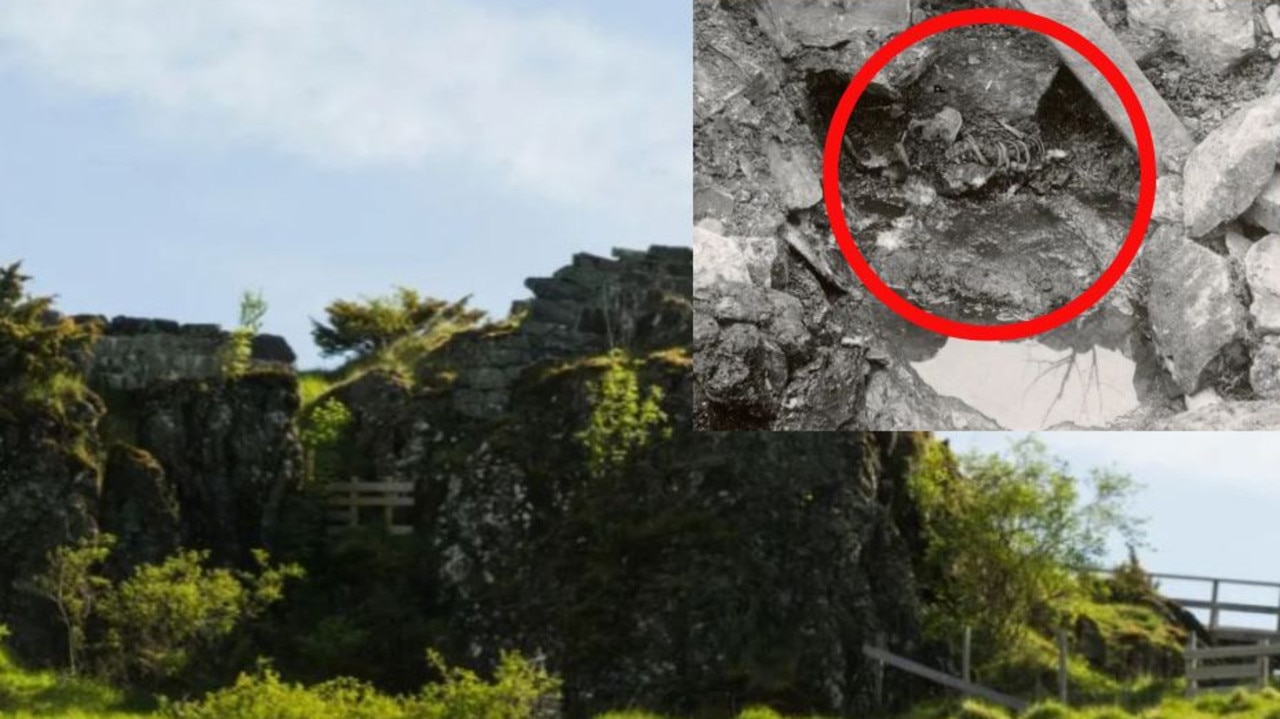
READING LEVEL: ORANGE
A passage in an 800-year-old Norse literary saga* recounting a king’s reign has been connected by DNA* analysis to remains found in a well at Norway’s Sverresborg Castle* almost a century ago.
Mixing history, legend and religion, the Sverris Saga is a medieval* Scandinavian text chronicling* the story of Sverre Sigurdsson, who ruled as Norway’s king from 1184 to 1202.
The 800-year-old text includes the tale of raiders* throwing a man’s body into the well during a military raid in 1197, in a bid to poison the water source for the locals, but for centuries “well-man’s” identity remained a mystery.
Now experts have confirmed from DNA samples that the remains recovered from the castle well are those of a man who lived over eight centuries ago, suggesting at least some of the Sverris Saga is historically accurate.
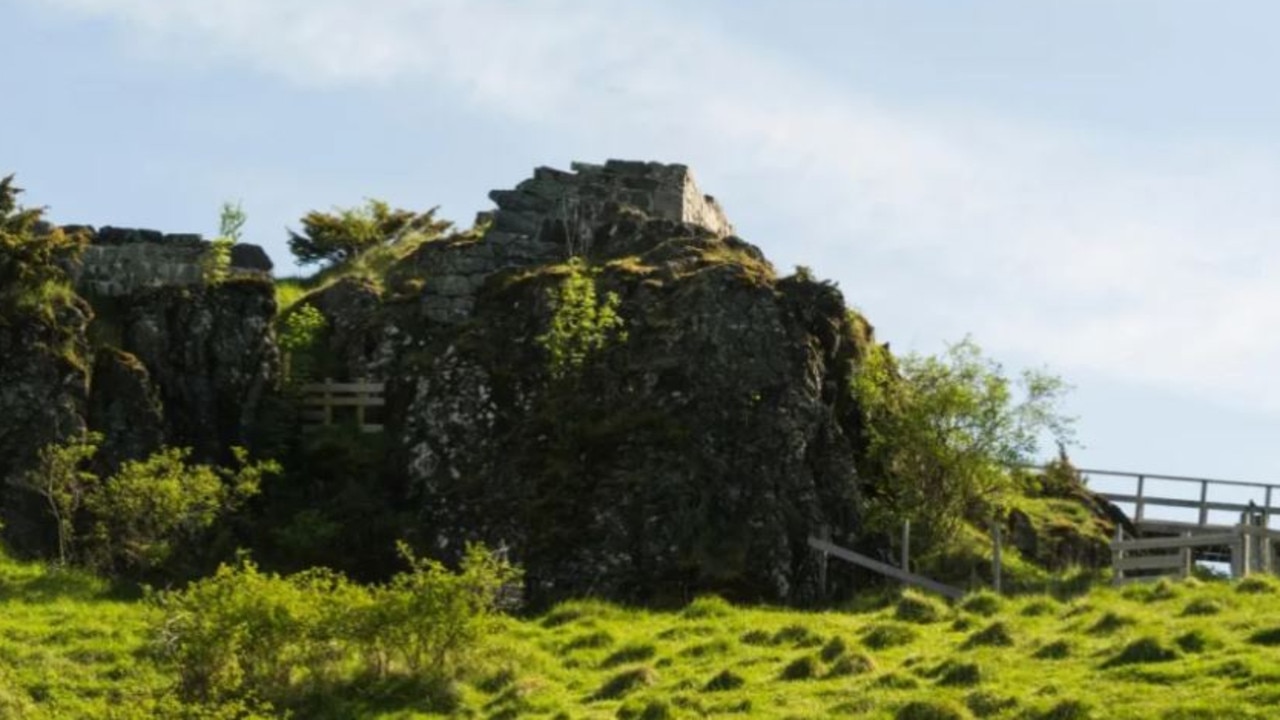
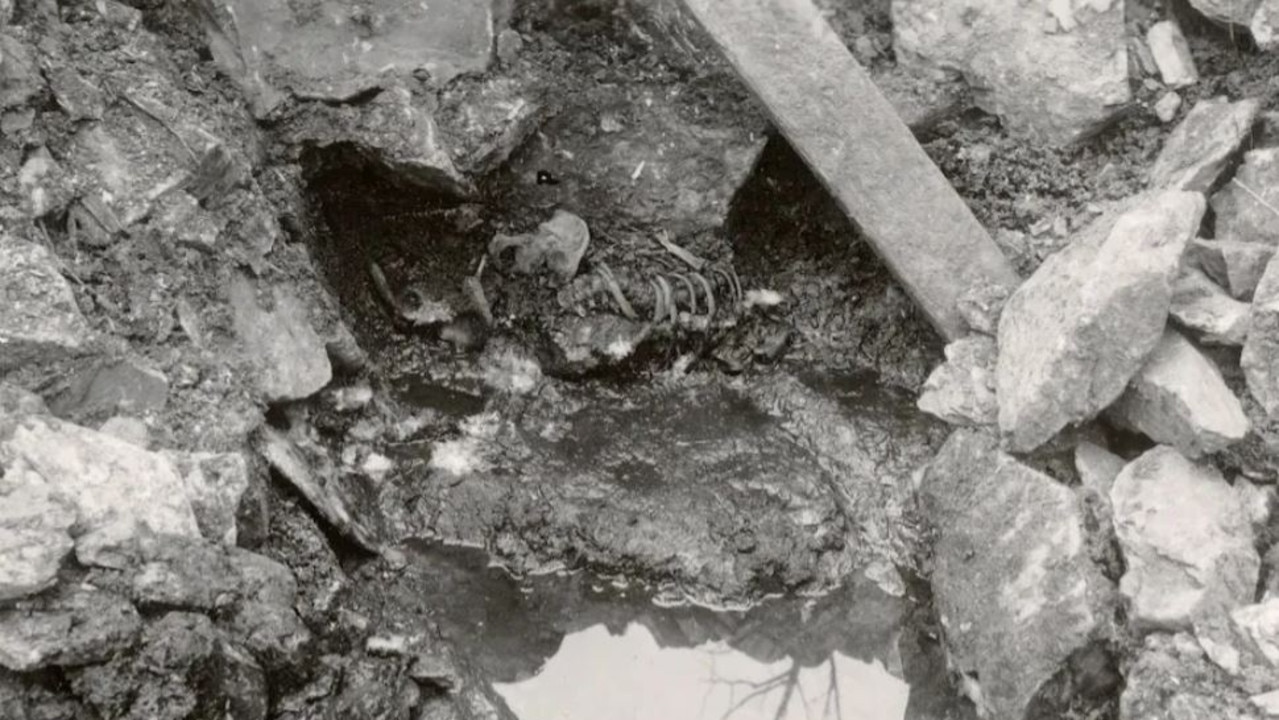
A team of researchers first dug up the infamous* well in central Norway back in 1938 but limited techniques meant scientists of the day could only carry out visual analysis.
During that original excavation*, some of “well-man’s” remains were discovered for the first time beneath large stones.
With the help of advanced technology like genetic sequencing* and radiocarbon dating*, experts now have clues about what he may have looked like.
Scientists found even more of the mystery man’s bones in new excavations that took place in 2014 and 2016 – including parts of a left hand and the skull.
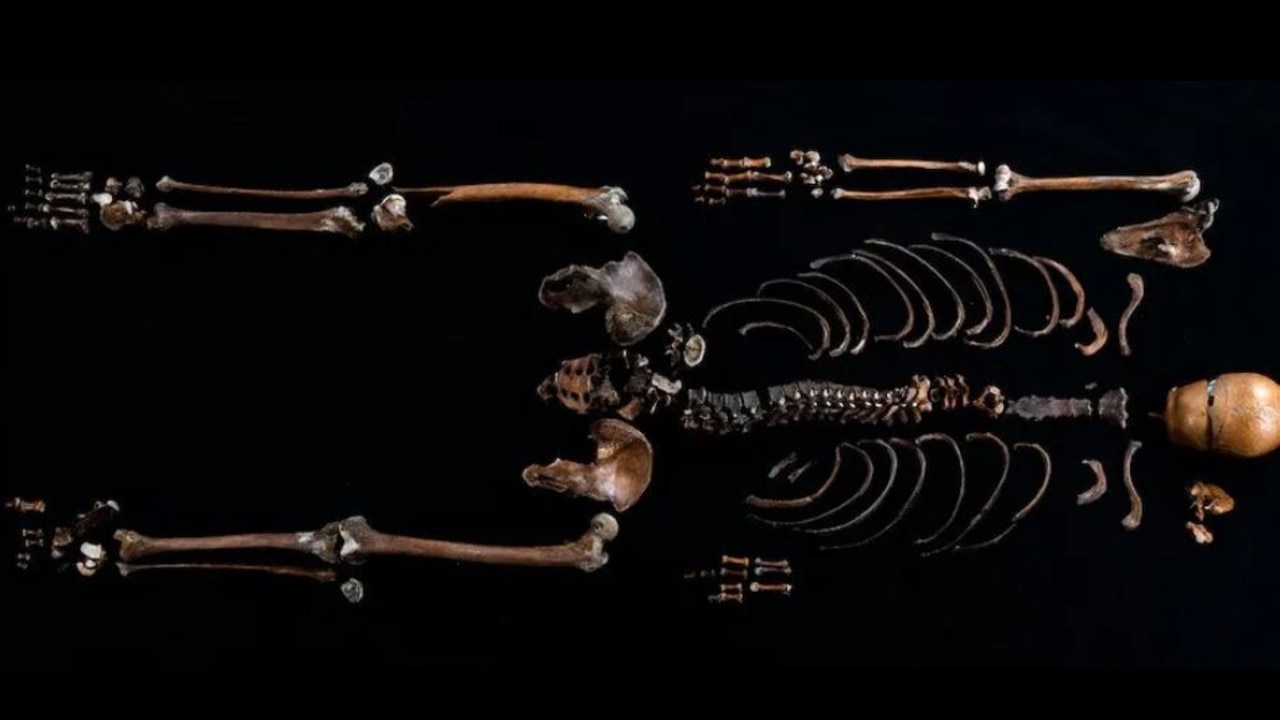
Now the most recent study, published in the journal iScience, suggests these bones belonged to a man aged between 30 and 40.
Experts from the Norwegian University of Science and Technology’s University Museum (NTNU) have dated his remains to around 900 years, matching the timeline in the Sverris Saga.
Lead study author Dr Martin Ellegaard analysed tooth samples to uncover that “well-man” probably had a medium skin tone, blue eyes, and fair hair.
“This is the first time that a person described in these historical texts has actually been found,” said NTNU study co-author Michael D. Martin.
“There are a lot of these medieval and ancient remains all around Europe, and they’re increasingly being studied using genomic* methods.”
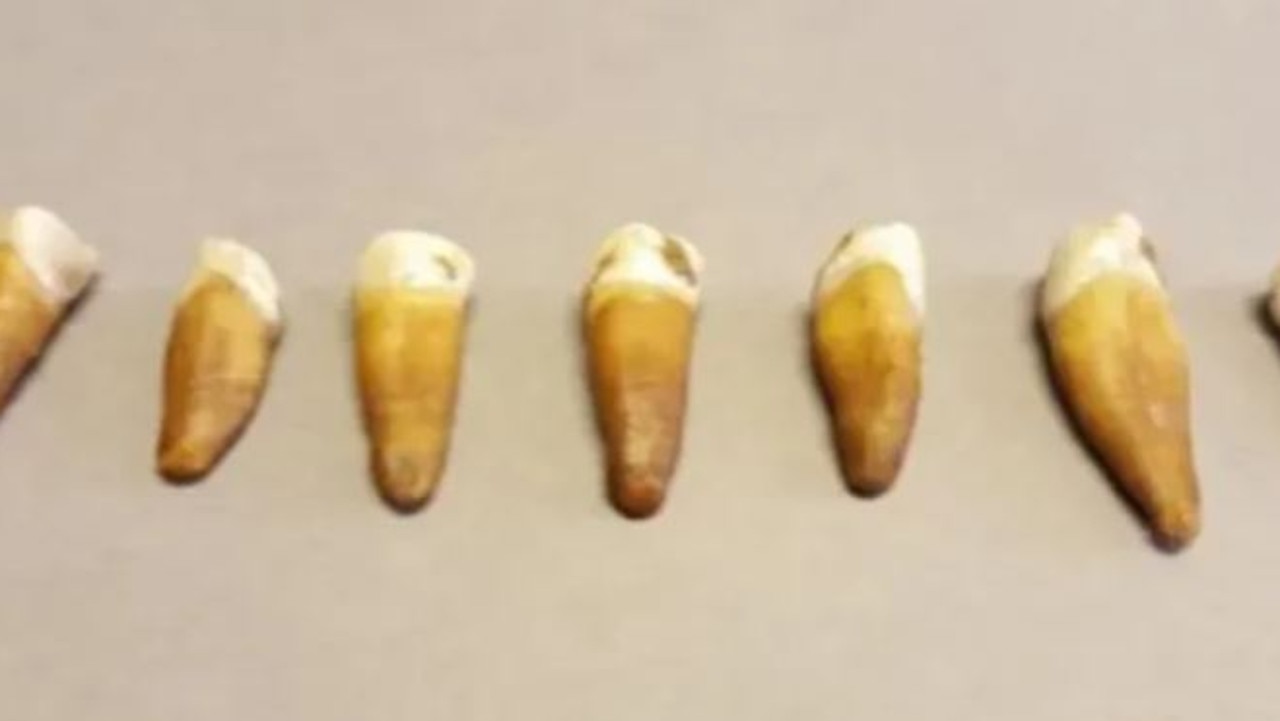
Dr Ellegaard said that the results suggested the man was closely related to people from southern Norway.
This theory is sound, as King Sverre’s defeated army came from parts of central Norway, while the raiding “Baglers*” were from the south.
“The biggest surprise for all of us was that the “well-man” did not come from the local population, but rather that his ancestry traces back to a specific region in southern Norway,” Dr Ellegaard said. “That suggests the sieging army threw one of their own dead into the well.”
The original version of this article appeared on the New York Post and has been republished with permission.
POLL
GLOSSARY
- saga: a long story about past events over a long period of time
- DNA: deoxyribonucleic acid is the molecule that carries genetic information for the development and functioning of an organism
- Sverresborg Castle: Norway’s first medieval castle, it was a fort and residence built by King Sverre Sigurdsson and the site around the ruins is now open to the public as a folk museum
- medieval: related to the Middle Ages, the period in European history from about AD 600 to AD 1500
- chronicling: creating a written history of events arranged in chronological order
- raiders: soldiers that make a sudden armed attack on a place, with the aim of causing damage or taking something
- infamous: something or someone with a bad reputation or known for terrible things
- excavation: the act of removing the earth covering very old buried objects to discover things about the past
- genetic sequencing: determining the order of the four chemical building blocks – called “bases” – making up the DNA molecule
- radiocarbon dating: method of providing age estimates for organic matter by measuring its carbon-14 content, which is a radioactive isotope, a type of atom
- genomic: refers to the study of the complete set of DNA
- Baglers: King Sverre’s opponents, the names derives from the Norse “bagall,” meaning “bishop wand,” the study authors noted, as the faction had the support of the church
EXTRA READING
Surprise Ancient Egypt cancer find
Kids drawings found in Pompeii
Stone Age teens chewed tree gum
QUICK QUIZ
- What is the Sverris Saga?
- When was the reign of King Sverre Sigurdsson and in what country?
- What were raiders trying to achieve by throwing the body in the castle well?
- How old was “well-man” when he died, according to the new DNA research?
- What did tooth samples uncover about “well-man”?
LISTEN TO THIS STORY
CLASSROOM ACTIVITIES
1. Connect, extend, challenge
Consider what you have just read in the Kids News article, then ask yourself the following questions:
How are the ideas and information connected to what you already know?
What new ideas did you get that broadened your thinking or extended it in different directions?
What challenges or puzzles emerge for you?
Time: allow 20 minutes to complete this activity
Curriculum Links: English, Science, History, Personal and Social, Critical and Creative Thinking
2. Extension
How are these “genomic” methods used to study ancient remains giving us more insight into the past? What else might they be used for?
Time: allow 10 minutes to complete this activity
Curriculum Links: English, Science, History, Personal and Social, Critical and Creative Thinking
VCOP ACTIVITY
Punctuation thief
Pick a paragraph from the article, or about three sentences together if that’s easier, and rewrite it without the punctuation. At the bottom of the page, write a list of all the punctuation you stole and in the order you stole it. For example; C , . C .
Then swap your book with another person and see if they can work out where the punctuation needs to be restored.
Make it easier:
Underline where you stole the punctuation from but don’t put the list at the bottom in order.
Make it harder:
• Don’t put the punctuation in order at the bottom
• Underline where you took the punctuation from, but don’t tell them what pieces you took
• Just tell them how many pieces you took, but not what they are
• Don’t give them any clues!

